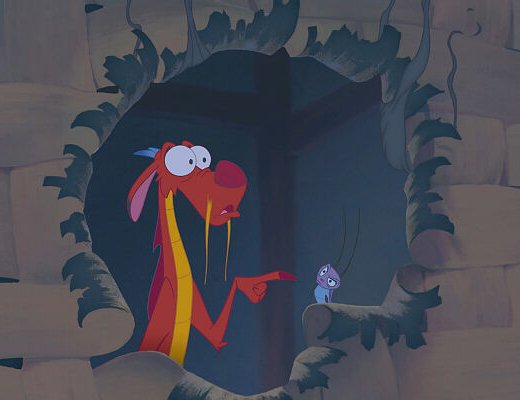
When Bambi's mother is shot while he is just a young deer, Bambi is forced to grow up on his own. Bambi makes many fellow animal friends while living in the forest, who help him learn the skills he needs in order to survive. Thumper, a young bunny, and Flower, the friendly skunk, show Bambi that even without the help of his mother, he can survive alone with his own wits and talents. Bambi then understands that he is in fact strong enough, like is father, to lead the other deers to safety when the hunters arrive one day. While these characters show Bambi how to be independent, they also show him that he is never alone. These characters teach Bambi both lessons of being independent and a leader, and lessons of friendship. These characters, although not recognized or deemed as important as main character Bambi, prove to be important characters by being influences in Bambi's new-found personality. Much like many of the other "side" characters, these animated beings are also a huge aspect to the hero's successes, and are also wonderful friends and companions. With qualities such as this, it is impossible to consider any of the Disney side characters as being entirely "flat," when these characters essentially have within them the abilities to control all aspects of the classic Disney movies.





